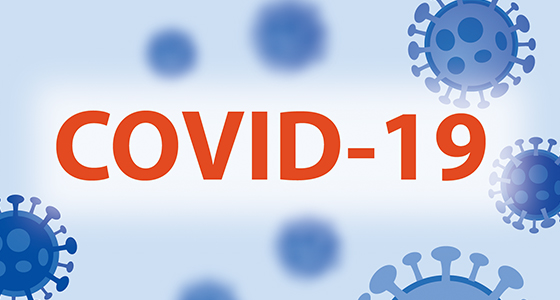On Thursday, November 26th, President Trump, during a Thanksgiving message to the US troops abroad, mentioned that the nation should expect the COVID-19 vaccine to be distributed some time “next week or the week after.”
The announcement begs the question: Who will be the first to get the vaccine? There is a general consensus that the first people to receive the vaccine should be the front-line workers risking their lives every day since the beginning of the pandemic.
Several different US companies have announced their version of the vaccines that have a varying degree of success. These companies include:
- AstraZeneca’s COVID-19 vaccine
- Janssen’s COVID-19 vaccine
- Moderna’s COVID-19 vaccine
- Novavax’s COVID-19 vaccine
- Pfizer’s COVID-19 vaccine
The AstraZeneca vaccine claims to be 90% effective when given the right dose, whereas Pfizer’s vaccine, made in partnership with BioNtech, showed a success rate of 95%. As all five companies race to be the first to get their vaccine approved, many questions remain unanswered.
One such question is, will there be enough vaccines available for the whole country? Experts believe that there probably won’t be enough vaccines for the general population during the first year. This situation is expected to go on well into the new year.
Another problem arises regarding the long-term side effects of the COVID-19 vaccine. No trials have been conducted to gauge the possible long-term effects of the vaccine on the human body. These effects remain to be seen after the first doses of the vaccine are administered.
After spending a tough year stuck at home, people all over the country shed tears of joy at the possibility of a vaccine being available soon. However, it is crucial to have a very realistic expectation about what comes next.
To read more topics relevant to the healthcare industry visit DoctorsBusinessNetwork.com. Or visit us on YouTube, Doctors Business Channel, for answers to all your healthcare industry business questions.




